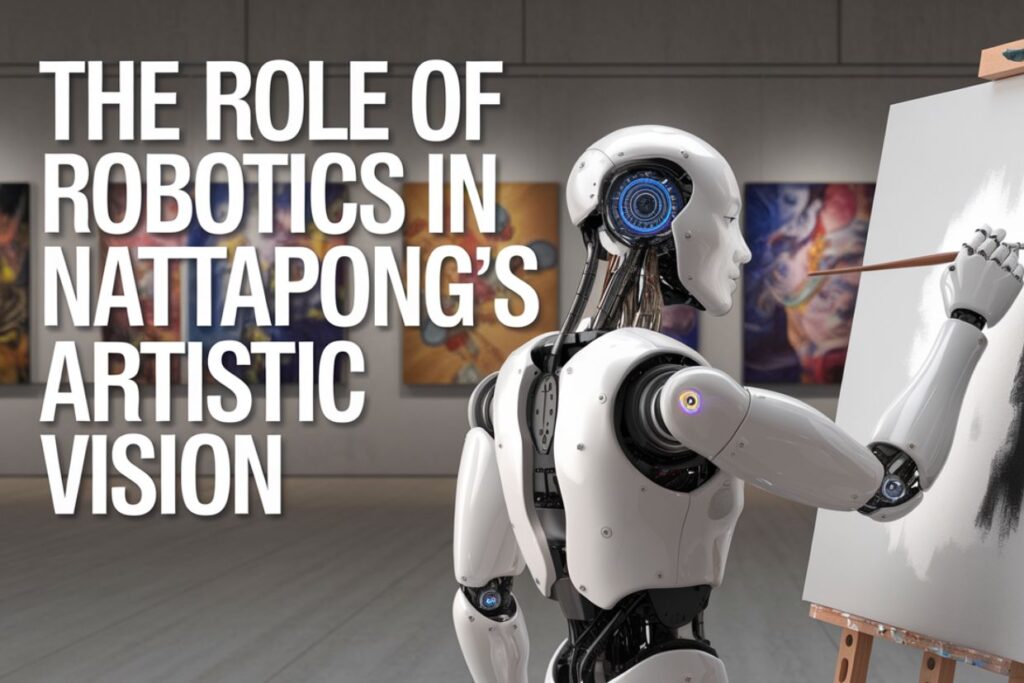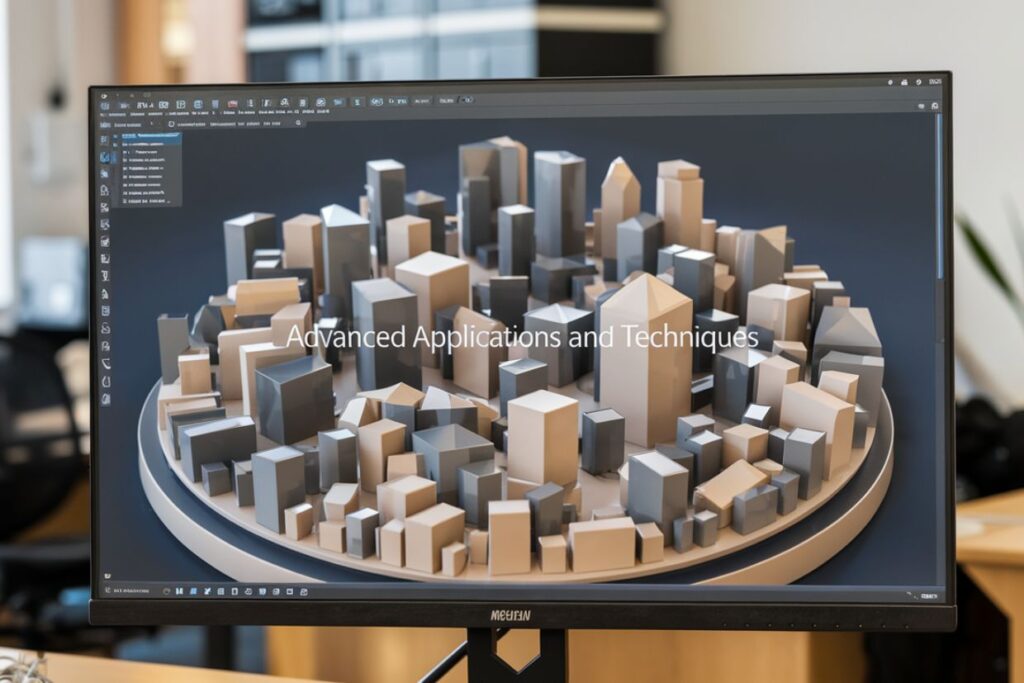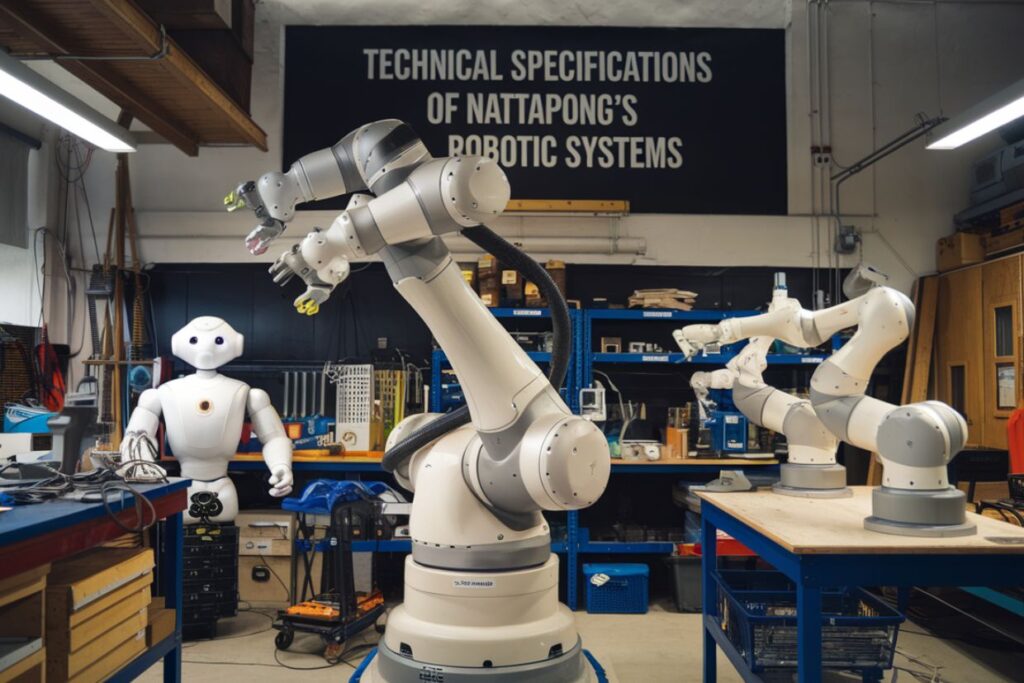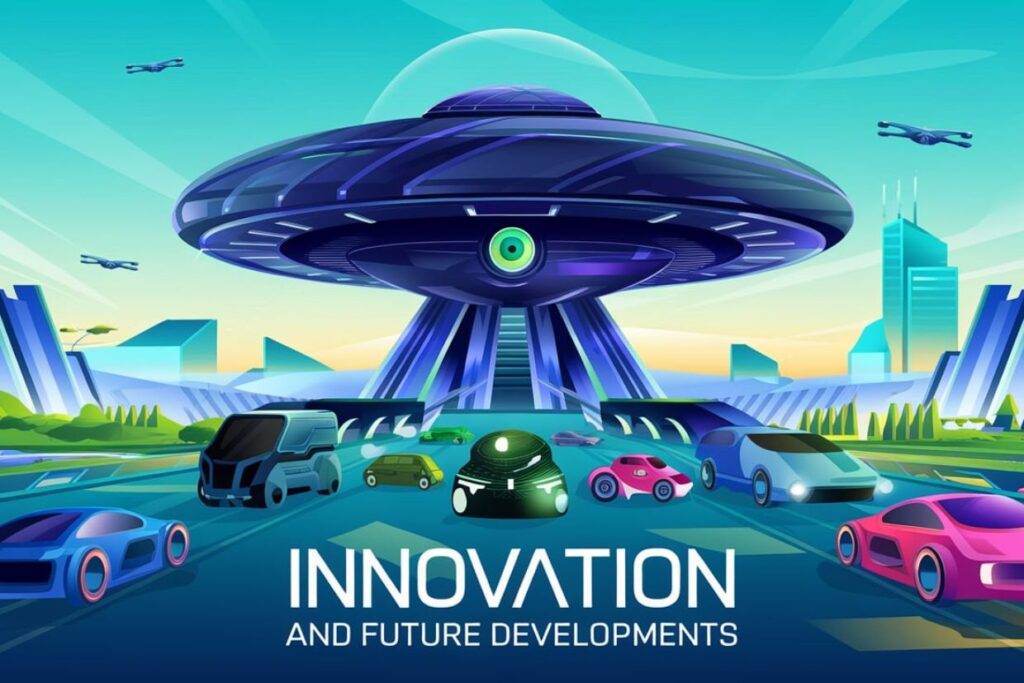In today’s fast-paced technological world, Robots Dot to Dot Nattapong stands out as a groundbreaking fusion of art and robotics. This innovative approach transforms traditional dot-to-dot drawings into sophisticated robotic creations, bridging the gap between classic artistic techniques and modern technology.
Picture a robot meticulously connecting dots with perfect precision, creating intricate artwork that pushes the boundaries of both art and engineering. That’s exactly what Robots Dot to Dot Nattapong brings to life, revolutionizing how we think about creative expression and educational robotics.
Let’s dive deep into this fascinating world where art meets technology, exploring how Nattapong artist has redefined the intersection of robotics art and education. This comprehensive guide will walk you through everything from the basic concepts to advanced applications of this innovative system.
What is Robots Dot to Dot Nattapong? Everything Explained
The Robots Dot to Dot Nattapong system represents a revolutionary approach to artistic creation, where precision-engineered robots bring dot-to-dot drawings to life with unprecedented accuracy and creativity. Unlike traditional dot-to-dot puzzles, these robotic creations can handle complex patterns involving thousands of points.
At its core, this system combines advanced robotics with traditional artistic principles. The robots used in Robots Dot to Dot Nattapong feature high-precision motors and sophisticated programming that allows them to create intricate patterns while maintaining perfect accuracy. Each project begins with a digital blueprint that maps out the dots and their connections.
Through careful programming and mechanical precision, these robotic artists transform simple dot patterns into stunning works of art. The beauty of Robots Dot to Dot Nattapong lies in its ability to bridge the gap between mathematical precision and artistic expression, creating pieces that would be nearly impossible to achieve by hand.
The Origins of Dot-to-Dot Drawings: From Simple to Complex
Traditional dot-to-dot drawings have evolved from simple children’s puzzles into complex artistic exercises. Early dot-to-dot puzzles featured basic shapes and figures, typically numbering fewer than 50 points. Today’s advanced dot-to-dot drawings can involve thousands of precisely placed points.
The transformation of dot-to-dot drawings into a medium for Robots Dot to Dot Nattapong marks a significant leap forward. By incorporating robotic precision, these creations can achieve levels of detail and complexity that were previously unimaginable. The evolution from manual to robotic execution has opened up new possibilities in both art and education.
The marriage of traditional dot-to-dot concepts with modern robotics has created a unique platform for exploring educational robotics. Students can now learn programming concepts while creating art, making abstract technical concepts more tangible and engaging.
The Role of Robotics in Nattapong’s Artistic Vision

Nattapong artist approaches robotics art with a unique vision that combines technical precision with creative expression. The robots used in Robots Dot to Dot Nattapong are more than just tools – they’re collaborative partners in the artistic process.
Each robot is equipped with sophisticated sensors and custom-designed drawing implements. These precision instruments can detect minute variations in surface texture and adjust their pressure accordingly, ensuring consistent line quality throughout the drawing process. The result is artwork that maintains both mechanical precision and artistic sensitivity.
The programming behind Robots Dot to Dot Nattapong allows for both predetermined patterns and elements of controlled randomness. This combination creates pieces that feel both precise and organic, challenging our perceptions of what robotic art can achieve.
Key Components of Robots Dot to Dot Nattapong Systems
A brief introduction to the essential elements that make these creative robotics projects possible.
- Precision Robotic Arms: Custom-designed articulating arms capable of movements accurate to within 0.1mm, enabling the creation of incredibly detailed dot-to-dot drawings.
- Advanced Control Systems: Sophisticated software that translates digital dot patterns into precise mechanical movements, incorporating both predetermined paths and adaptive behaviors.
- Specialized Drawing Tools: Custom-engineered drawing implements that can adjust pressure and angle in real-time, ensuring consistent line quality across different surfaces.
- Motion Planning Algorithms: Complex mathematical models that optimize the robot’s path between dots, minimizing travel time while maintaining accuracy.
- Feedback Systems: Sensor arrays that monitor drawing progress and make real-time adjustments to maintain precision.
- User Interface: Intuitive control systems that allow artists and students to program and modify dot patterns easily.
- Safety Features: Comprehensive safety protocols that enable these robots to work safely in educational environments.
Advanced Applications and Techniques

Educational Integration
The Robots Dot to Dot Nattapong system serves as an powerful tool for teaching STEM concepts. Students learn programming, geometry, and mechanical engineering principles through hands-on experience with the robots.
Artistic Innovation
These robotic systems push the boundaries of traditional art by creating pieces with perfect precision while maintaining artistic expressiveness. The combination of mechanical accuracy and programmed creativity produces unique aesthetic results.
Technical Development
Continuous improvements in robotics and software allow for increasingly complex dot-to-dot patterns and more sophisticated drawing techniques.
Research Applications
Scientists and engineers use Robots Dot to Dot Nattapong systems to study human-robot interaction and develop new approaches to automated artistic creation.
Commercial Uses
Various industries have adapted this technology for applications ranging from architectural drafting to custom decoration services.
Exploring the Intersection of Art and Technology
The fusion of robotics art and traditional artistic methods in Robots Dot to Dot Nattapong creates a fascinating new medium. These precision robotic drawings challenge our understanding of creativity and technological capability, pushing boundaries in both fields simultaneously.
When you watch a Robots Dot to Dot Nattapong system in action, you’ll notice the hypnotic precision of each movement. The robot doesn’t just connect dots – it creates flowing lines with varying pressure and speed, much like a human artist. This mechanical grace comes from sophisticated programming that mimics natural artistic movements.
Educational robotics takes center stage in this intersection, as students learn to program these artistic robots. They discover firsthand how mathematical concepts translate into beautiful patterns and how coding can create art. The Robots Dot to Dot Nattapong platform serves as a bridge between technical skills and creative expression.
Bridging Art and Education Through Robotics
The educational impact of Robots Dot to Dot Nattapong extends far beyond basic dot-to-dot drawings. Teachers now use these creative robotics projects to introduce complex STEM concepts in an engaging, visual way.
Consider how a simple dot-to-dot pattern becomes a lesson in geometry, programming, and artistic design. Students learn to calculate angles, plan efficient paths, and understand coordinate systems – all while creating beautiful artwork. This hands-on approach to educational robotics makes abstract concepts tangible and memorable.
The Robots Dot to Dot Nattapong system also teaches valuable lessons about problem-solving and iteration. When a robot’s drawing doesn’t turn out as expected, students must debug their code and adjust their approach, learning crucial engineering skills in the process.
Technical Specifications of Nattapong’s Robotic Systems

| Component | Specification | Purpose |
| Drawing Arm | 6-axis precision robot | Creates smooth, accurate lines |
| Position Sensors | 0.1mm accuracy | Ensures precise dot connections |
| Drawing Tools | Interchangeable tips | Allows various artistic styles |
| Control System | Custom AI software | Manages movement patterns |
| Interface | Touch-screen display | User-friendly programming |
| Safety Features | Emergency stops & barriers | Classroom safety |
| Processing Unit | High-speed computer | Handles complex calculations |
The Future of Robotics in Art and Education
As Robots Dot to Dot Nattapong continues to evolve, we’re seeing exciting new developments in both artistic capabilities and educational applications. Advanced AI integration allows for more complex patterns and creative decision-making by the robots themselves.
The potential for educational robotics expands as these systems become more sophisticated. Schools are incorporating Robots Dot to Dot Nattapong into various subjects, from mathematics to visual arts. This cross-disciplinary approach helps students understand the connections between different fields of study.
Tomorrow’s artists might routinely collaborate with robots, using systems like Robots Dot to Dot Nattapong as creative partners rather than just tools. The boundary between human and machine creativity continues to blur, opening new possibilities for artistic expression.
Key Benefits of Robot Art Creations
- Enhanced Precision: Robotic dot-to-dot systems achieve levels of accuracy impossible for human hands, creating intricate patterns with perfect consistency.
- Educational Integration: Students learn programming, mathematics, and artistic principles simultaneously through hands-on experience with Robots Dot to Dot Nattapong.
- Scalable Complexity: Projects can range from simple patterns to highly complex designs, growing with students’ abilities.
- Cross-disciplinary Learning: The system naturally combines art, technology, mathematics, and engineering in one engaging package.
- Immediate Feedback: Students see the results of their programming instantly, helping them understand cause and effect in coding.
- Collaborative Opportunities: Groups can work together on large-scale projects, developing teamwork skills.
- Technical Skill Development: Participants gain practical experience with robotics, programming, and design software.
- Creative Expression: Despite its technical nature, the system encourages artistic creativity and experimentation.
Innovation and Future Developments

Recent advancements in Robots Dot to Dot Nattapong technology have opened new possibilities for precision robotic drawings. The latest systems can handle multiple drawing tools, creating multi-colored designs with varying line weights and styles.
Research teams are exploring ways to incorporate machine learning into the creative process. These AI-enhanced robots could potentially develop their own artistic styles while maintaining the precision that makes Robots Dot to Dot Nattapong unique.
The educational applications continue to expand as well. New software interfaces make it easier for younger students to program the robots, while advanced features challenge more experienced users to push the boundaries of what’s possible.
Read this article: Samsung App Dressroom
Final Words
Robots Dot to Dot Nattapong represents a remarkable fusion of art, technology, and education. By combining traditional dot-to-dot drawings with cutting-edge robotics, it creates new possibilities for creative expression and learning.
The impact on educational robotics cannot be overstated. Students who work with these systems develop technical skills while nurturing their creative abilities. The hands-on experience with robotics art provides valuable insights into both programming and artistic principles.
As we look to the future, Robots Dot to Dot Nattapong continues to evolve, pushing the boundaries of what’s possible in precision robotic drawings. This innovative system demonstrates that technology and creativity can work together to create something truly extraordinary.
Frequently Asked Questions
How accurate are the robots in Robots Dot to Dot Nattapong systems?
The robots achieve precision levels of 0.1mm or better, ensuring extremely accurate line work and dot connections. This high precision allows for the creation of intricate, complex patterns.
Can beginners use this system effectively?
Yes, the user interface is designed to accommodate various skill levels. Beginners can start with simple patterns while advanced users can explore complex programming options.
What types of art can these robots create?
The systems can create everything from simple geometric patterns to complex artistic illustrations, portraits, and abstract designs through dot-to-dot connections.
How does this system benefit STEM education?
It combines programming, mathematics, and engineering with artistic expression, making technical concepts more engaging and accessible to students.
What makes this system different from other educational robotics platforms?
Its unique focus on artistic creation while teaching technical skills sets it apart, offering a perfect blend of creativity and technology in one platform.
George is a dedicated author at Trendstray.com, specializing in the technology category. With a keen interest in emerging tech trends and innovations, George consistently delivers clear and engaging content that helps readers stay informed. His attention to detail and passion for technology ensure that each article is both comprehensive and accessible, offering valuable insights for navigating the fast-paced digital world.